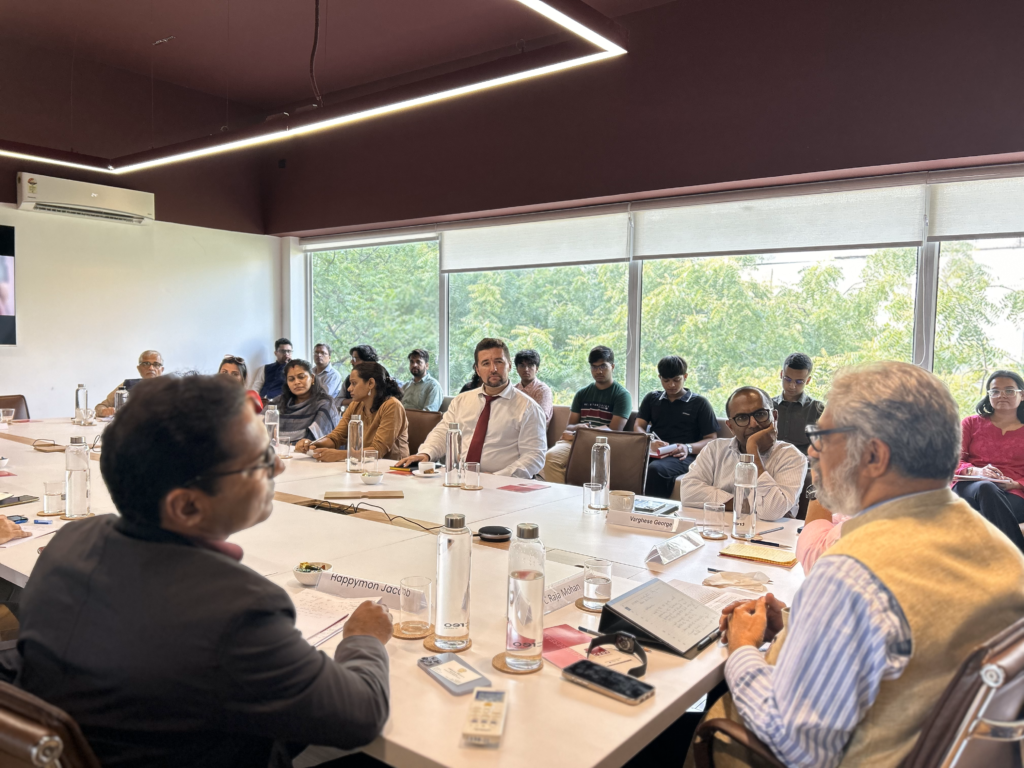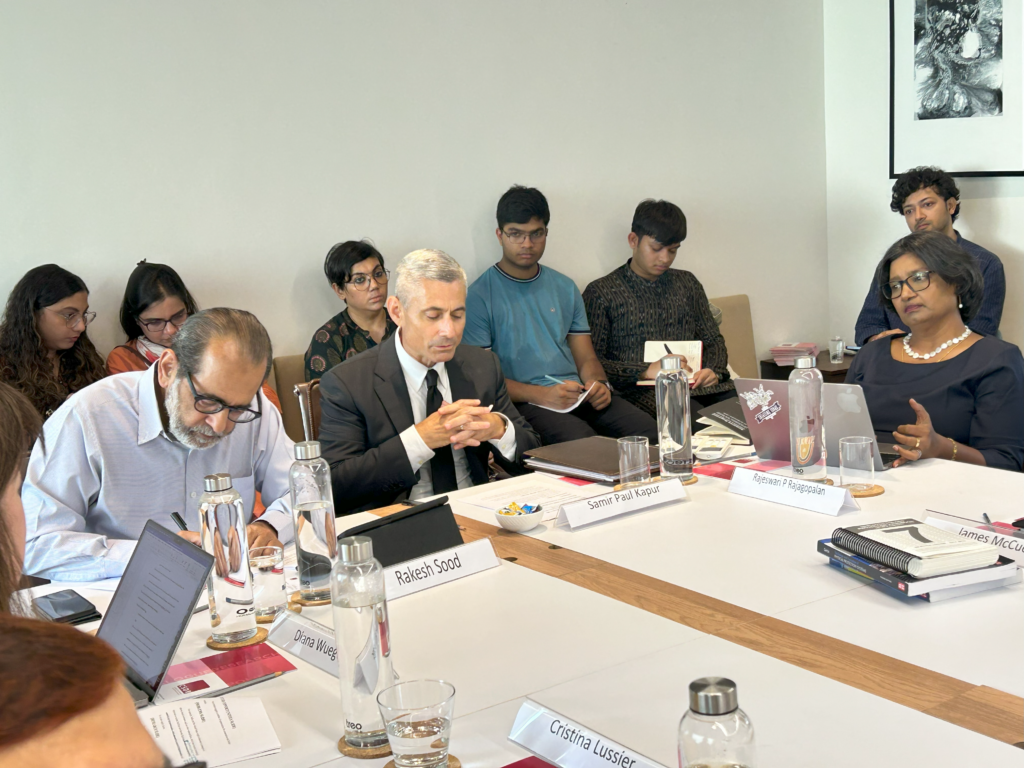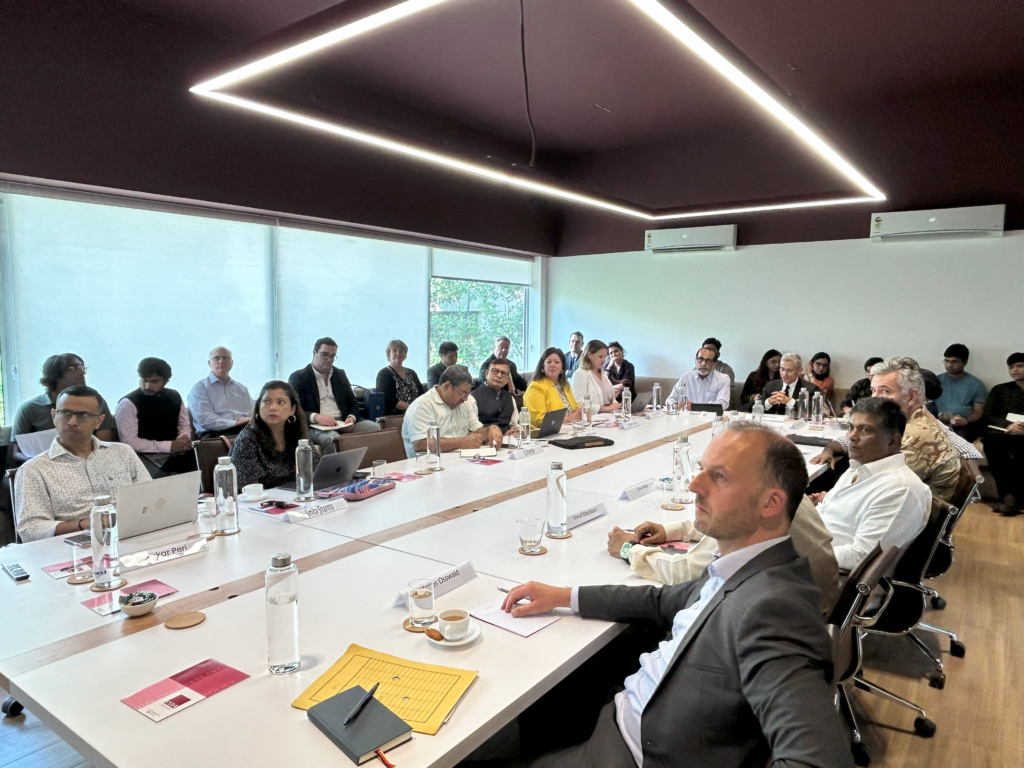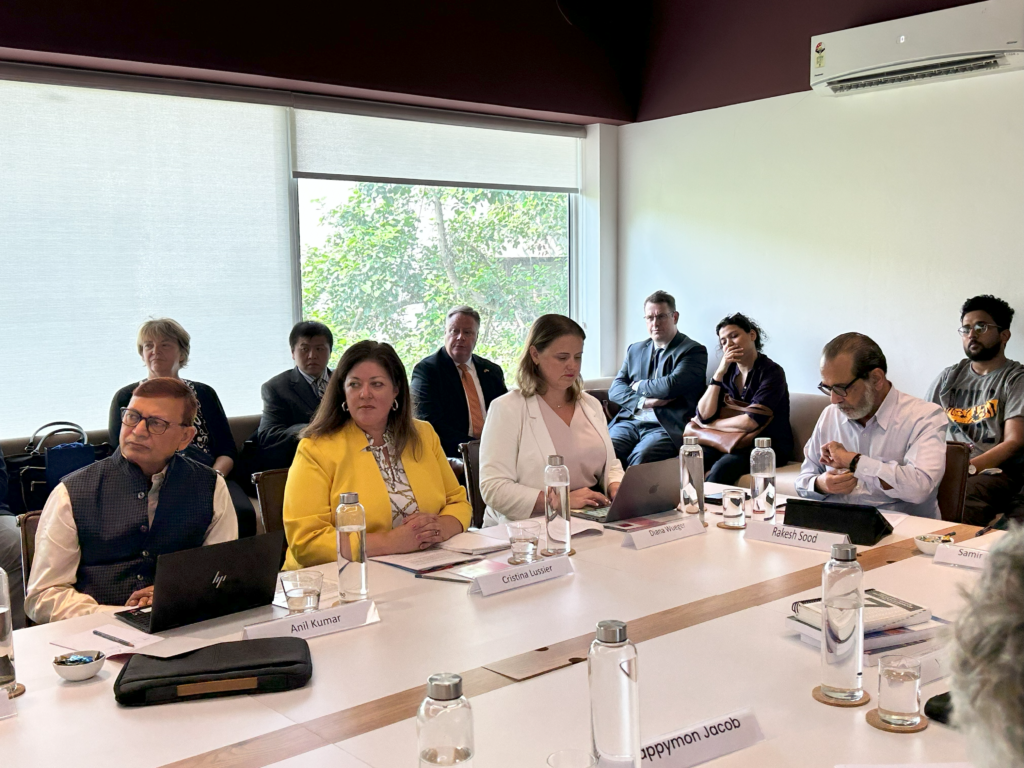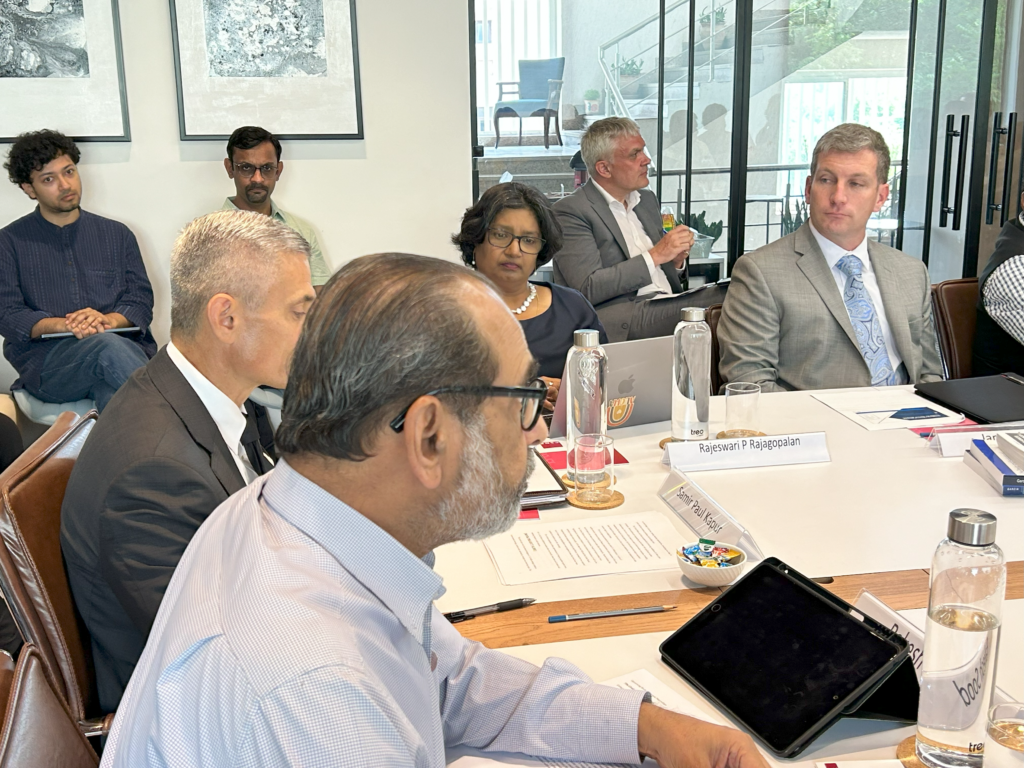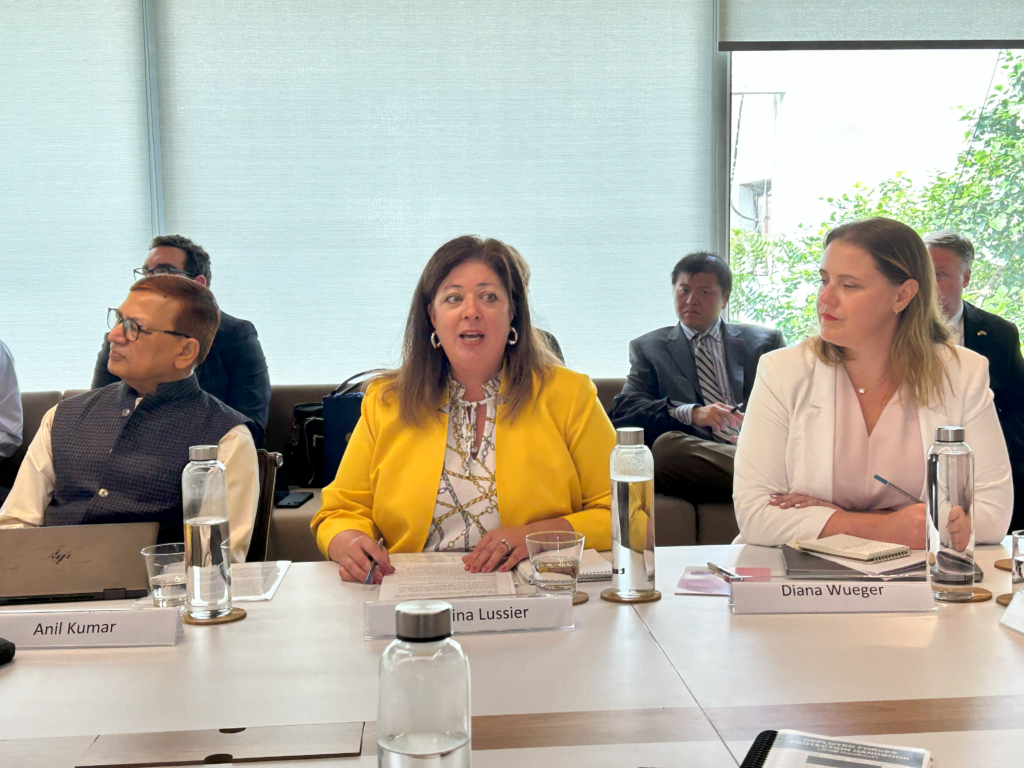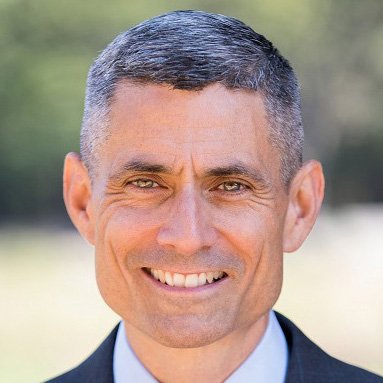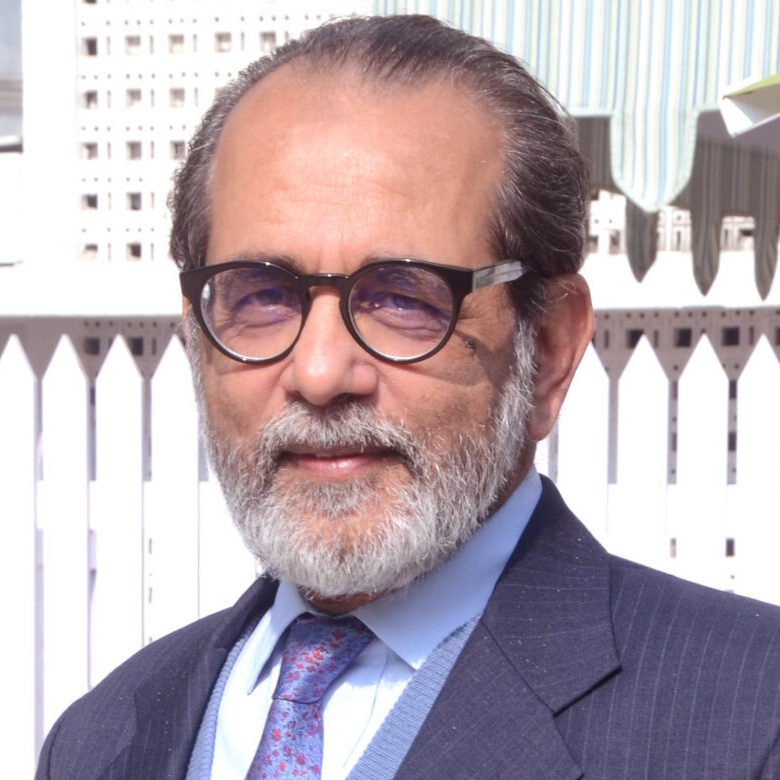July 29, 2024 @ 3:30 pm – 5:00 pm
India and the United States are set to complete two decades since the signing of the 2005 US-India civil nuclear deal. The 123 agreement signed this month, 19 years ago, was a watershed agreement for India’s nuclear energy aspirations in the shadow of soured ties since the 1998 nuclear tests and New Delhi’s refusal to sign the NNPT, as well as its position among states controlling the supply of nuclear material. In the years since, the agreement has succeeded in revamping US-India ties, with PM Modi’s 2023 state visit arguably reflecting the high watermark of the bilateral relationship thus far. However, nuclear energy continues to power only about 3% of India’s burgeoning energy needs, with coal’s continued dominance. In this light, it is necessary to reflect on critical issues surrounding nuclear safety and security and how both states can assure each other of mitigating key concerns. For instance, the 2010 Civil Liability for Nuclear Damage Act continues to present quiet, unresolved challenges to greater civil nuclear cooperation, especially in light of the Bhopal gas tragedy, the precedent it set for foreign firms, and the question of supplier vs operator liability. This is inextricably related to the question of nuclear safety and security and assuring suppliers of a safer environment – even as the political relationship finds new modes of reconciliation and resets bilateral interaction. How can India and the US best learn each other’s continued concerns and needs, and what is the best way to mitigate technical differences downstream as the political relationship converges upstream? To answer these questions and more, CSDR was pleased to host the authors of a forthcoming volume by Palgrave Macmillan – ‘The Challenges of Nuclear Security: U.S. and Indian Perspectives’ (Editors: S. Paul Kapur, Rajeswari Rajagopalan, and Diana Wueger). Among the questions that this roundtable addressed are the following:
- What are the key areas where the US and India can exchange best practices with regard to nuclear safety and security?
- How do old concerns vis-à-vis nuclear liability continue to deter US nuclear suppliers to India today? What are the lingering challenges and how can they be mitigated?
- How do India and the United States view the Convention on the Physical Protection of Nuclear Material and its most recent amendment? Are their positions aligned?
- Do India’s nuclear weapons continue to trigger technology denial from the UnitedStates? How has the US view evolved?
- What are the new risks presented to nuclear installations? How can both states best prepare for the future and share technology on nuclear security?
Experts
Gallery
